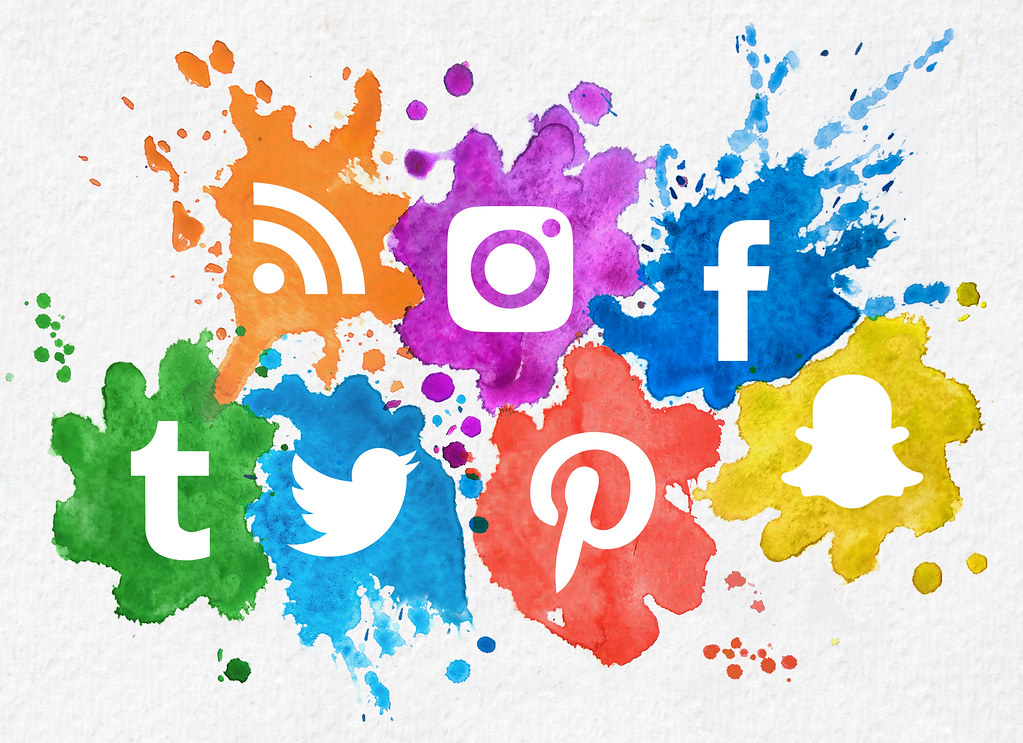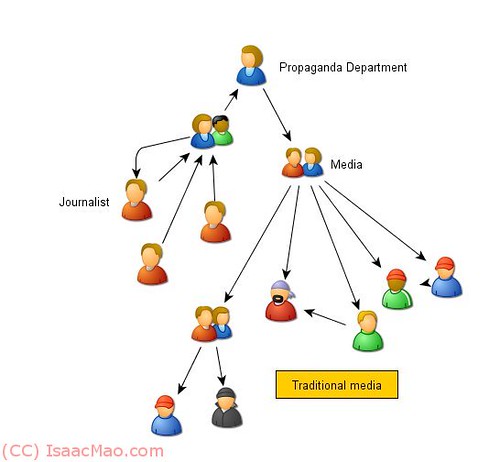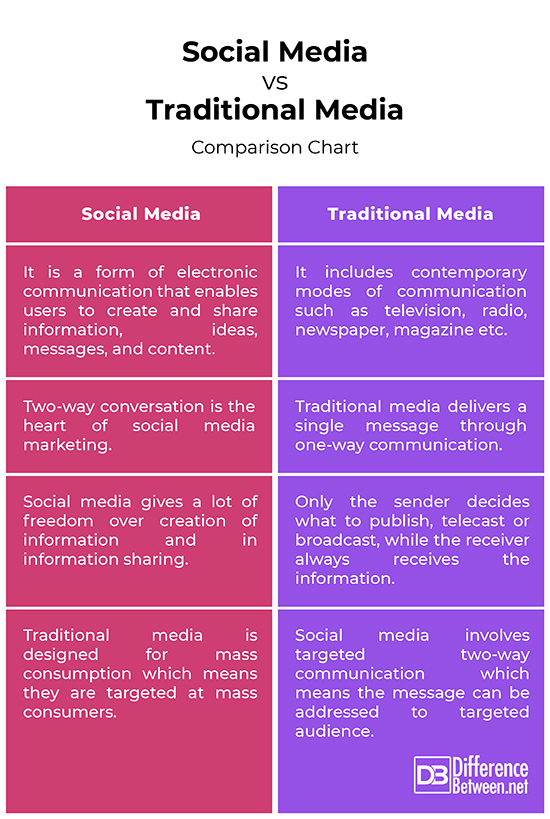Difference Between Social Media and Traditional Media
To any entrepreneur who is skeptical about today’s social media enterprise, you have to be totally connected with everyone who sees your brand. Previously, we would look at some TV commercial and think “It looks like a great product, let’s go buy it.” But now we look at some TV commercial and think if the product is as great as they say it is. Today, we don’t buy it; instead, we do our research, we go online and seek out things like comparisons and reviews before taking any decision. This is the power of social media. But today’s social media scene is very different from what it was a few years back. This says a lot about how we have evolved so much over the years. We live in a digital era now where the Internet has made publishers of anyone with a laptop or mobile phone. But is the traditional media already dead? Let’s take a look at the differences between social media and traditional media.
What is Social Media?
Social media is a form of electronic communication that enables users to create and share information, ideas, messages, and content via social networking websites and applications. However, the term ‘social media’ is often used interchangeably with ‘social network’. In fact, social network is a concept that was around long before the advent of the internet. Social network refers to a group of people who know each other or connected in some way. Today, the terms ‘social networking site’ or ‘social networking service’ are a little outdated, but they essentially refer to the same services as ‘social media’. Social media is now mainstream media, but it is difficult to define it accurately because there are exceptions to every definition. It differentiates itself by being interactive – a two-way communication. Social media includes websites that are available for social networking.
What is Traditional Media?
Traditional media refers to everything that runs via traditional media channels such as television, radio, newspaper, magazine etc. When you look at a TV commercial or listen to the radio or read a magazine or newspaper, you’re experiencing marketing through traditional media channels. Traditional media are predominantly push media where the message is broadcast from company to customer and other stakeholders. Traditional media has been a part of our culture for over half a century. Traditional media proved to be a powerful tool in the process of making learning and teaching more effective and interesting. In traditional media, the sender usually decides what to publish, broadcast or telecast, while the receiver always receives the information. In private organizations, the owners are usually responsible for the content or material published.
Social Media vs. Traditional Media
Definition
– Traditional media refers to everything that runs via traditional media channels. It includes contemporary modes of communication such as television, radio, newspaper, magazine etc. In traditional media, the sender usually decides what to publish, broadcast or telecast, while the receiver always receives the information. Social media, on the other hand, includes websites and applications that are available for social networking. It is a form of electronic communication that enables users to create and share information, ideas, messages, and content via social networking websites and applications.
Communication
– Traditional media delivers a single message through one-way communication to as many people possible to reach over blanket networks like television and radio. This means only the sender or the source of the information decides what to publish, telecast or broadcast, while the receiver always receives the information. On the contrary, communication is two-way in social media; in fact, two-way conversation is the heart of social media marketing. Social media gives a lot of freedom over creation of information and in information sharing.
Engagement
– Social media is all about engagement whereas traditional media is about reach. Social media requires actual interaction and response. For that, you need to create eye-catching, compelling content which is unavoidably engaging. Social media is a great platform to engage with your audience and thereby marketing your product or spreading your message out loud. The aim of social media is to start conversation by getting involved. Traditional media, on the contrary, is a one-way street which includes contemporary modes of communication. It simply means broadcasting your message to as many people as you can.
Marketing
– Traditional media is designed for mass consumption which means they are targeted at mass consumers while social media involves targeted two-way communication which means the message can be addressed to targeted audience or individual users. Thus, the marketers need to understand their target audience and the message is tailored to each individual. Any user can start communication on any topic and anybody can participate. Social media is one of the most effective ways to build your brand and drive sales traffic.
Social Media vs. Traditional Media: Comparison Chart
Summary of Social Media vs. Traditional Media
Traditional media includes contemporary modes of communication such as television, radio, newspaper, magazine, newsletter, etc. In traditional media, only the sender or the source of information decides what to publish or broadcast, while the receiver always receives the information. Social media, on the other hand, is a two-way communication platform through which users create online communities to share information, ideas, messages, and other content (as pictures and videos) via social networking sites or applications such as Facebook, MySpace, Twitter, Instagram, etc.
- Difference Between JPEG and RAW - April 25, 2024
- Difference Between Serif and Sans Serif - April 22, 2024
- Difference Between HTML and Text - April 19, 2024
Search DifferenceBetween.net :
Leave a Response
References :
[0]Image credit: https://live.staticflickr.com/2245/2198776041_43c306c3b3.jpg
[1]Image credit: https://live.staticflickr.com/1876/43617178595_0c8ac1b22b_b.jpg
[2]Falls, Jason and Erik Deckers. No Bullshit Social Media. Indianapolis, Indiana: Que Publishing, 2011. Print
[3]Shrivastava, K.M. Social Media. New Delhi, India: Sterling Publishers, 2013. Print
[4]Chaffey, Dave and PR Smith. Digital Marketing Excellence: Planning, Optimizing and Integrating Online Marketing. Milton Park, Abingdon: Taylor & Francis, 2017. Print



